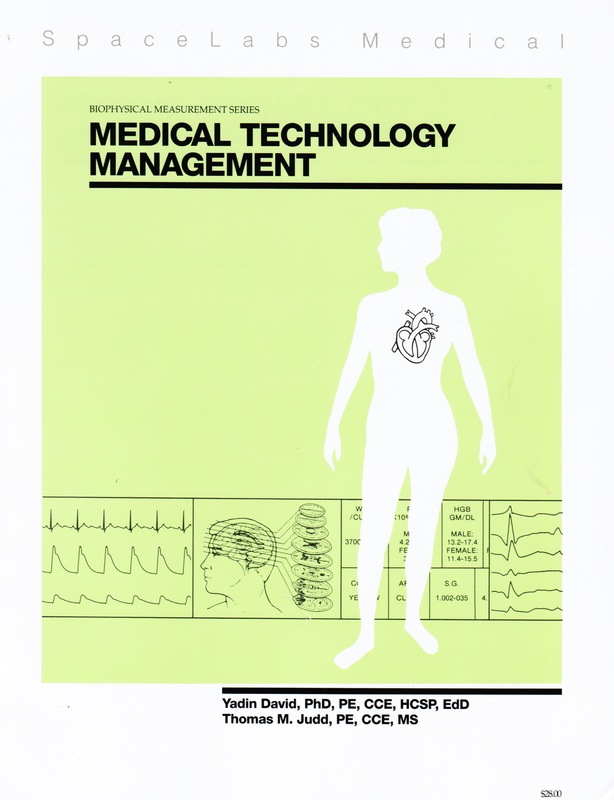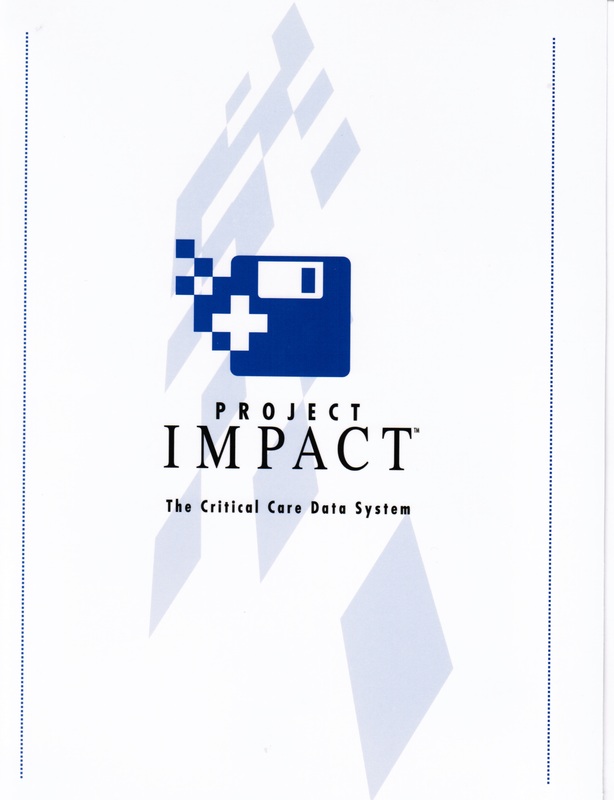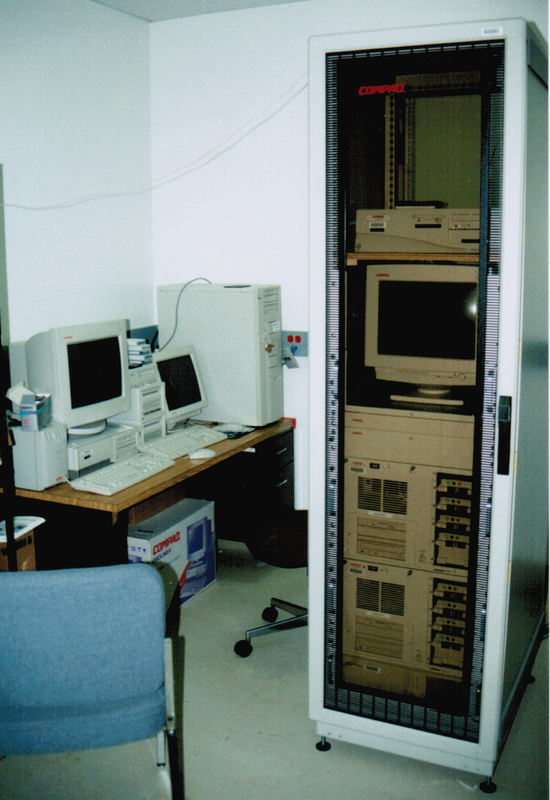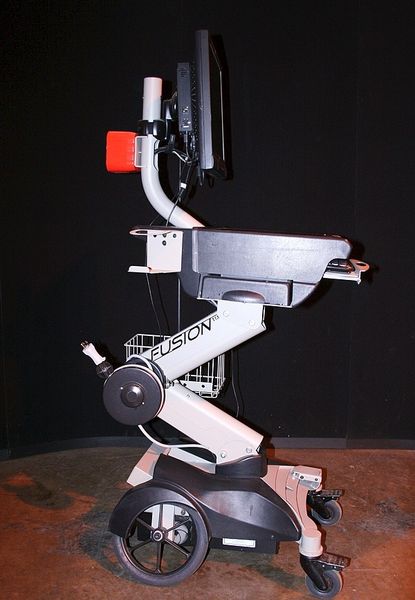|
Critical Care Systems
- Overview of the FMC ICU and TRACER system
Timelines
eCritical System – went live
RGH – 2012-06-18
FMC – 2012-07-25
FMC CVICU 2012-08-20
PLC – 2012-08-21
SHC 2013-02-25
MIMIC II (Multiparameter Intelligent Monitoring in Intensive Care)
- MIMIC II (Multiparameter Intelligent Monitoring in Intensive Care) is an ICU database from MIT that is publicly and freely available. It includes lab results, electronic documentation, and bedside monitor trends and waveforms. (http://mimic.physionet.org/)
- MIMIC II Clinical Database (http://mimic.physionet.org/database/faqs.html)
- http://physionet.org/mimic2/mimic2_access.shtml
MIMIC II – FAQhttp://mimic.physionet.org/database/faqs.html
MIMIC II User Guide and Documentation
http://mimic.physionet.org/UserGuide/UserGuide.pdf
MIMIC II Data Directory
http://mimic.physionet.org/schema/latest/
References:
- Decision Support Systems in Critical Care (1994 – reprint 2012) – http://www.springer.com/public+health/book/978-0-387-97799-7
QS – GE Medical Systems
Philips/HP CareVue
SpaceLabs
PICIS
MetaVision
Fusion Cart with NeoWare Thin Client
User Manual for Neoware Appliances Running NeoLinux
HP Neoware Thin Clients – Introduction – HP Neoware Thin Clientshttp://h20000.www2.hp.com/bizsupport/TechSupport/Document.jsp?lang=en&cc=us&taskId=125&prodSeriesId=3638790&prodTypeId=12454&objectID=c01293565
http://www.magicjacksupport.com/want-to-use-neoware-here-is-all-the-info-w-software-t8531.html
Standard Neoware user/password is Administrator/Adminstrator.
Bios – Shift [F2]
This is a US made medical grade work station on wheels that is about 5 years old. It comes with a fully functional:
* 15″ flat screen monitor;
* NeoWare CA14 thin network terminal for wireless comms:
* mouse and keyboard;
* 12 volt battery pack with AC/DC inverter;
* retractable power cord for rechargung the batteries.
This Fusion model (P/N 3115790) workstation has fexible height (30″ to 44″)and can tuen in its own radius. The work platform is approximately 18″ square (with keyboard out) and has 2 drawers on the side as well as a pullout keyboard drawer at the front. Mounted on the side of the unit is a 10″x x 4″ridgid mesh basket. The overall width is 19″. It comes with Windows installed and will link to normal wireless networks. I do not know how to get it to drop the custom software which it boots to after the Windows screen.
If you search the www you will find the Fusion is part of the manufacturer’s Levitator series. There is not much in the way of specs on it there, but if you write me, I will send you a User Guide which has more on its particulars
You can see more on this series at: http://www.stingermedical.com/products/mobile-workstations/levitator-medication-administration.html
This industrial grade cart would be great as a shop workstation for warehouse use or for such things as a CNC control. It can easily be adapted to house a laptop, notebook or tablet. The original Stinger Medical purchase price was over $7000 for this unit.










